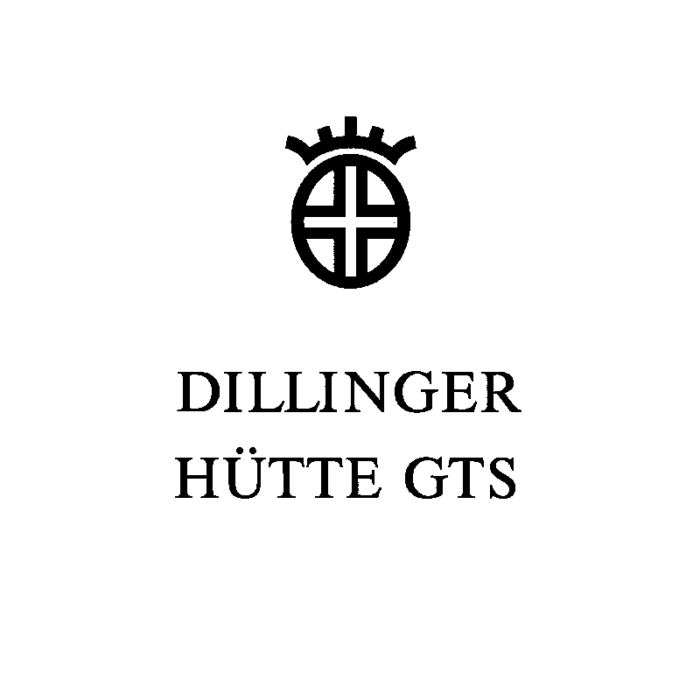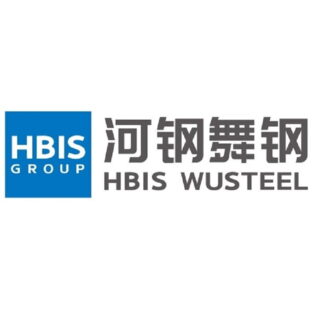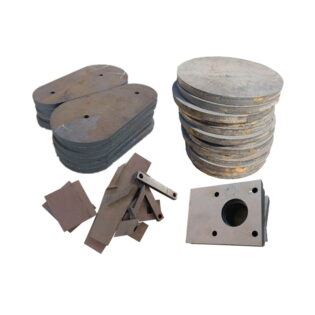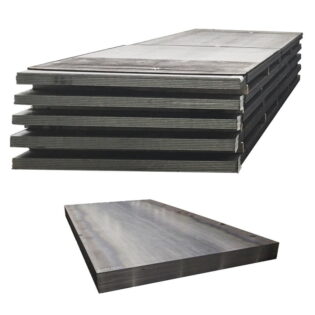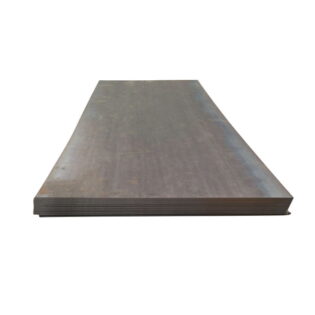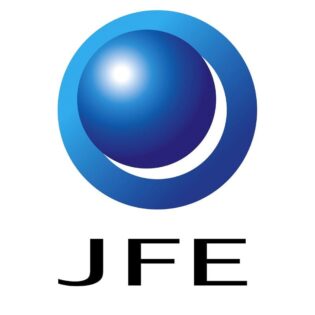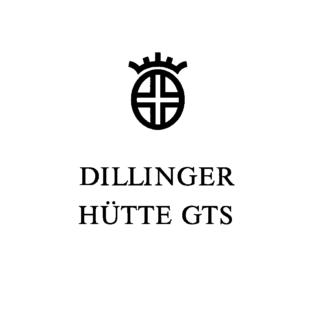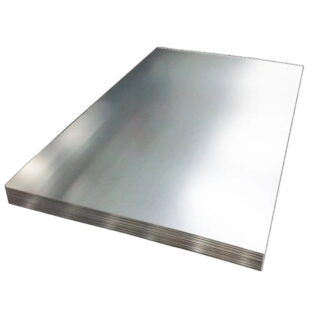Dillidur 550 صفيحة فولاذية مقاومة للاهتراء
Dillidur 550 is a wear-resistant steel plate with a nominal hardness of 550 HBW in the delivery state.
Dillidur 550 can be used in high-strength wear environments.
Application examples: extremely worn parts of earth-moving machinery, conveying equipment, crushers and waste recycling equipment.
Dillidur 550 صفيحة فولاذية مقاومة للاهتراء
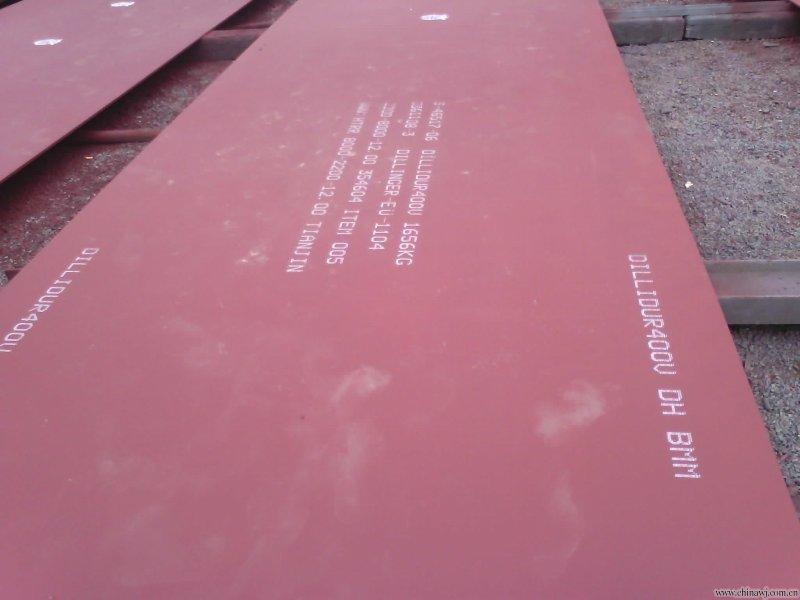
Dillidur 550 is a wear-resistant steel plate with a nominal hardness of 550 HBW in the delivery state.(DILLINGER)
ديليدور 550 can be used in high-strength wear environments.
Application examples: extremely worn parts of earth-moving machinery, conveying equipment, crushers and waste recycling equipment.
Dillidur 550 PDF DOWNLOAD
Supply Size Range
ديليدور 550 is available in thicknesses from 10mm (0.4 inches) to 51mm (2 inches) and widths below 3300mm (130 inches) 2 .
ديليدور 550 Chemical Composition:
Based on smelting analysis, the following limit values(%) are applicable to each component
| ج | و | Mn | ص | س |
| ≤ 0.37 | ≤ 0.70 | ≤ 1.60 | ≤ 0.025 | ≤ 0.010 |
اعتمادًا على السماكة ، سيتم إضافة عنصر أو أكثر من عناصر السبائك التالية:
| مو | ني | مع | سجل تجاري | الخامس | ملحوظة | ب |
| ≤ 0.60 | ≥ 1.40 | ≤ 0.30 | ≤ 1.50 | ≤ 0.08 | ≤ 0.05 | ين ياباني 0.005 |
يتم تخدير الفولاذ المصهور بالكامل ومعالجته من أجل التحبيب الدقيق.
1 محتوى هذه المعلومات هو وصف للمنتج ، ويمكن تحديثه من وقت لآخر.
2 The conversion value of myopia in parentheses is an offensive reference.
القيمة المرجعية لمكافئ الكربون:
| CEV أ | 0.70 |
| بتوقيت وسط أوروبا ب | 0.50 |
أ CEV = C + Mn / 6 + (Cr + Mo + V) / 5 + (Ni + Cu) / 15
ب CET = C + (Mn + Mo) / 10 + (Cr + Cu) / 20 + Ni / 40
حالة التسليم:
The steel plate is quenched by temperature controlled water or water quenched + tempered.
الخواص الميكانيكية في حالة التسليم
سمك 12-300 مم × عرض 200-2300 مم
Surface Brinell hardness at room temperature: 520-580 HBW
Longitudinal specimen V-notch Charpy impact test (reference value for 20mm thick steel plate):
طاقة تأثير شاربي: 25 جول عند -20 درجة مئوية (-4 درجة فهرنهايت) 3
الاختبار
صلابة سطح برينل تم اختباره كل فرن وكل 40 طنا.
علامة لوحة الصلب
في حالة عدم وجود اتفاق آخر ، يجب أن تتضمن علامة اللوحة الفولاذية المحتوى التالي على الأقل:
- Grade (DILLIDUR 550)
- رقم الفرن
- رقم اللوحة الأم ورقم اللوحة الفولاذية
- علامة مطحنة الصلب
- Inspection representative label
3 القيم التي تم تحويلها تقريبًا بين قوسين هي للإشارة فقط.
Processing performance
The whole set of processing technology and application technology used by the user is very important to the reliability of the product made from this material. It should be ensured that the design, structure and processing method are suitable for this material and meet the latest processing requirements and the purpose of the product that the processor must follow. Purpose requirements. The user should select the material by himself, and fully consider the high strength and high hardness of the material, and follow the process recommendation that meets the national standards for safe production.
تشكيل بارد
Although DILLIDUR 550 is too high in hardness and strength, the room for cold forming is limited, and you must consult in advance.
صلابة hot forming/heat treatment DILLIDUR 550 comes from accelerated cooling from the austenitizing temperature. If the hardness does not decrease significantly after hot forming, it is possible to supplement the subsequent re-quenching treatment. However, the hardness obtained after re-quenching will be different from the hardness tested when the steel plate leaves the factory. This is because the cooling efficiency of the quenching equipment in the processing plant is generally lower than that of the quenching equipment during the production of steel plates.
This material can be heated to about 250°C (482°F) without a significant decrease in hardness.
Flame cutting and welding:
For all thickness steel plates, the following minimum preheating temperature should be followed during flame cutting: 175°C (347°F)
After flame cutting, measures should be taken to maintain slow cooling. For example, insulation wool can be used, which will reduce the risk of hydrogen-induced cracking.
When using ferritic welding consumables, care should be taken to select very low hydrogen content welding consumables and follow the following preheating temperature: 150°C (302°F) for thickness 15mm and below; 200°C (392°F) for thickness above 15mm F)
When using soft austenitic welding consumables, the preheating temperature of 50°C (122°F) is usually sufficient.
In order to avoid the decrease in hardness, the preheating temperature and interlayer temperature corresponding to flame cutting and welding should not exceed 250°C (482°F).
Manual arc welding should use alkaline-coated electrodes with residual moisture in the ground (if necessary, they should be dried according to the requirements of the electrode manufacturer).
إلى 500 درجة مئوية وتخفيف التوتر
Despite its extremely high hardness, DILLIDUR 550 can still be machined by using sharp carbide tools. It is necessary to ensure that a heavy-duty processing machine tool is used, and an appropriate feed speed and cutting speed are used.
المتطلبات الفنية للتسليم العام
ما لم يتم الاتفاق على خلاف ذلك ، تتطلب تقنية التوصيل العامة استخدام معيار EN 10021.
تفاوت
ما لم يتم الاتفاق على خلاف ذلك ، فإن متطلبات التسامح تشير إلى EN 10029 ، والسماكة قابلة للتطبيق على المستوى A.
جودة السطح
ما لم يتم الاتفاق على خلاف ذلك ، ارجع إلى معيار EN 10163-2 وقم بتطبيق مستوى A2.
مجموع الملاحظة
إذا كانت هناك متطلبات خاصة أخرى للمواد التي لم يتم تناولها في هذا المستند بسبب الغرض من الاستخدام أو لأسباب عملية المتابعة ، فيمكن التفاوض بشأنها قبل الطلب.
